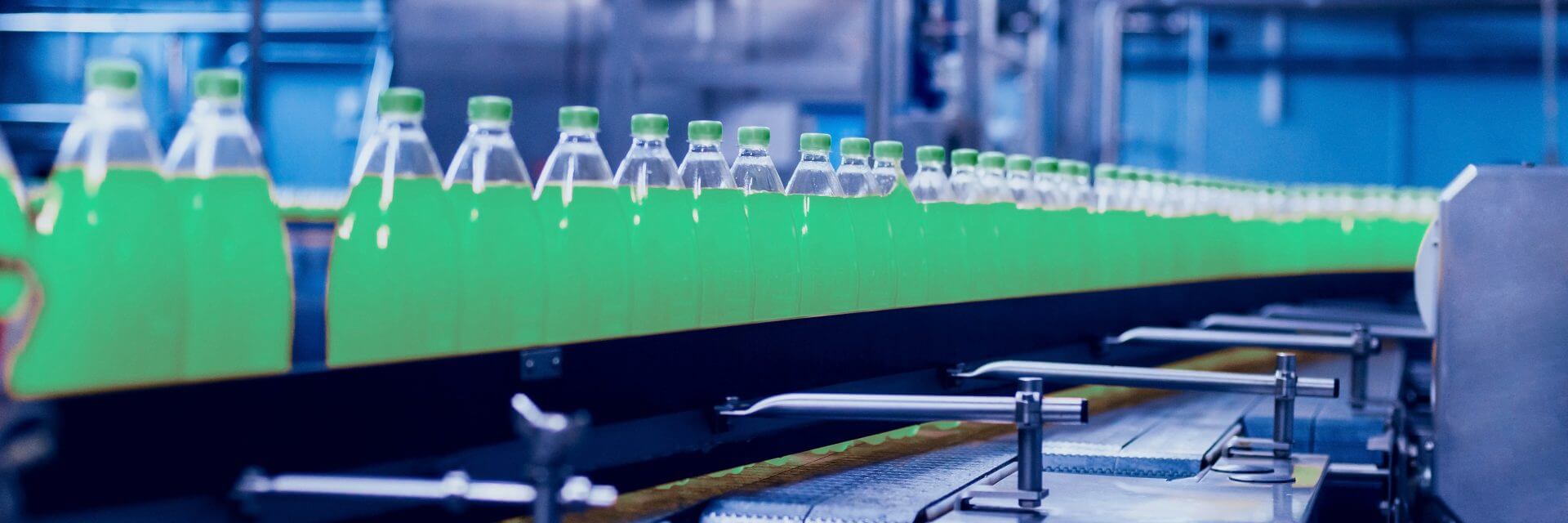
12 dos and don’ts when scaling up food productionNow is a time of great opportunity for food entrepreneurs. Consumers are demanding more choices, and e-commerce is connecting buyers and sellers worldwide. Food startups can grow in new ways and more rapidly than was previously possible, but when success maxes out production capacity, the entrepreneur faces a new challenge—how to scale to keep up with demand.
Read More
Now is a time of great opportunity for food entrepreneurs. Consumers are demanding more choices, and e-commerce is connecting buyers and sellers worldwide. Food startups can grow in new ways and more rapidly than was previously possible, but when success maxes out production capacity, the entrepreneur faces a new challenge—how to scale to keep up with demand.
Read More



